Basilica di San Francesco
( Basilica of Saint Francis of Assisi )The Basilica of Saint Francis of Assisi (Italian: Basilica di San Francesco d'Assisi; Latin: Basilica Sancti Francisci Assisiensis) is the mother church of the Roman Catholic Order of Friars Minor Conventual in Assisi, a town in the Umbria region in central Italy, where Saint Francis was born and died. It is a papal minor basilica and one of the most important places of Christian pilgrimage in Italy. With its accompanying friary, Sacro Convento, the basilica is a distinctive landmark to those approaching Assisi. It has been a UNESCO World Heritage Site since 2000.
The basilica, which was begun in 1228, is built into the side of a hill and comprises two churches (known as the Upper Church and the Lower Church) and a crypt, where the remains of the saint are interred. The interior of the Upper Church is an important early example of the Gothic style in Italy. The Upper and Lower Churches are decorated with frescoes by numerous late medie...Read more
The Basilica of Saint Francis of Assisi (Italian: Basilica di San Francesco d'Assisi; Latin: Basilica Sancti Francisci Assisiensis) is the mother church of the Roman Catholic Order of Friars Minor Conventual in Assisi, a town in the Umbria region in central Italy, where Saint Francis was born and died. It is a papal minor basilica and one of the most important places of Christian pilgrimage in Italy. With its accompanying friary, Sacro Convento, the basilica is a distinctive landmark to those approaching Assisi. It has been a UNESCO World Heritage Site since 2000.
The basilica, which was begun in 1228, is built into the side of a hill and comprises two churches (known as the Upper Church and the Lower Church) and a crypt, where the remains of the saint are interred. The interior of the Upper Church is an important early example of the Gothic style in Italy. The Upper and Lower Churches are decorated with frescoes by numerous late medieval painters from the Roman and Tuscan schools, and include works by Cimabue, Giotto, Simone Martini, Pietro Lorenzetti, and possibly Pietro Cavallini. The range and quality of the works give the basilica a unique importance in demonstrating the outstanding development of Italian art of this period, especially if compared with the rest of Christian Europe.
 Basilica, as seen from the valley below.
Basilica, as seen from the valley below.The Franciscan friary (Sacro Convento) and the Lower and Upper Basilicas (Italian: Basilica inferiore e superiore) of Francis of Assisi were begun in honor of this local saint, immediately after his canonization in 1228. Simone di Pucciarello donated the land for the church, a hill at the west side of Assisi, known as "Hill of Hell" (Italian: Colle d'Inferno) where previously criminals were put to death. Today, this hill is called "Hill of Paradise".
On 16 July 1228, Francis was canonized by Pope Gregory IX in Assisi, and he laid the foundation stone of the new church the following day, although construction may already have been begun. The construction having been begun at his order, the Pope declared the church to be the property of the papacy. The church was designed by Maestro Jacopo Tedesco, who was in those days the most famous architect.[1] The construction was supervised by Brother Elias of Cortona, one of the first followers of Saint Francis and the former Vicar General of the Order under Saint Francis. The Lower Basilica was finished in 1230. On Pentecost 25 May 1230, the remains of Saint Francis were brought in a solemn procession to the Lower Basilica from its temporary burial place in the church of San Giorgio (St. George), now the Basilica of Saint Clare of Assisi. The burial place was concealed for fear that St Francis' remains might be stolen and dispersed. The construction of the Upper Basilica was begun after 1239 and was completed in 1253. Both churches were consecrated by Pope Innocent IV in 1253.
Pope Nicholas IV, a former Minister-General of the Order of Franciscans, raised the church to the status of Papal Church in 1288. The Piazza del Loge, the square leading to the church, is surrounded by colonnades constructed in 1474. They housed the numerous pilgrims flocking to this church. In 1818, the remains of Saint Francis were rediscovered beneath the floor of the Lower Basilica. In the reign of Pope Pius VII the crypt was built so that the faithful might visit the burial place of the saint.
On 27 October 1986 and January 2002, Pope John Paul II gathered in Assisi with more than 120 representatives of different religions and Christian denominations for a World Day of Prayer for Peace.
Earthquake of 1997On the morning of September 26, 1997, two earthquakes hit the region around Assisi in rapid succession, registering 5.7 and 6.0 magnitude respectively. There was widespread devastation and many ancient buildings were destroyed or damaged. While a group of specialists and friars were inspecting the damage to the Basilica of Saint Francis, an aftershock shook the building, causing the collapse of the vault. Two Franciscan friars who were among the group and two of the specialists were killed. Much of the cycle of frescoes of the life of Saint Francis by Giotto in the Upper Church of the Basilica were slightly damaged whereas those of the sections of the vault which collapsed were almost entirely destroyed. The church was closed for two years for restoration.[2][3] The collapse was captured on tape.[4]
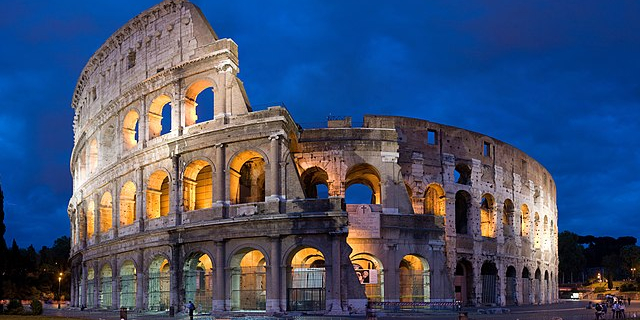

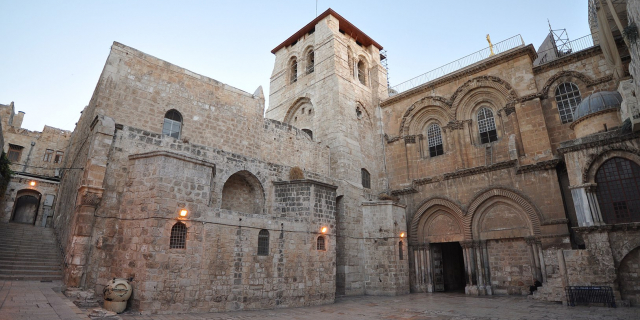
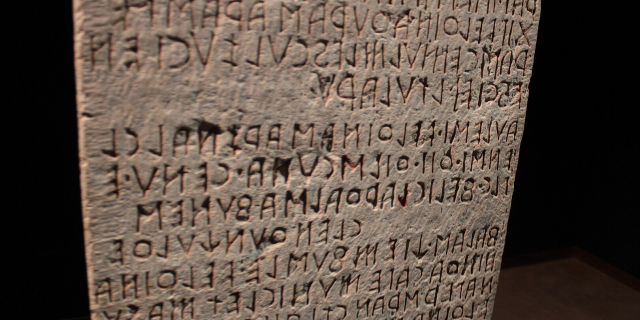

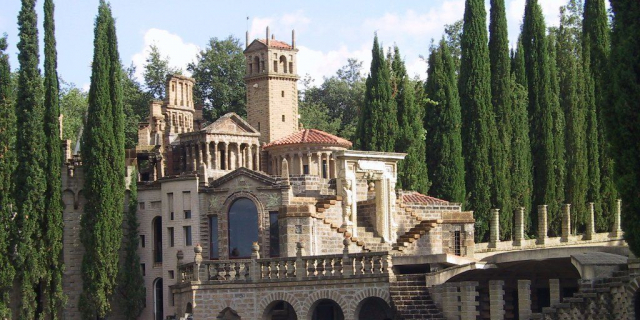

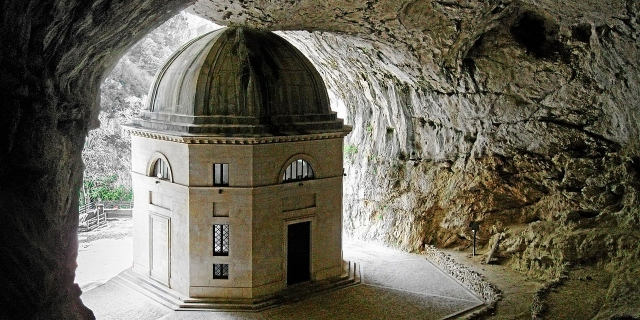


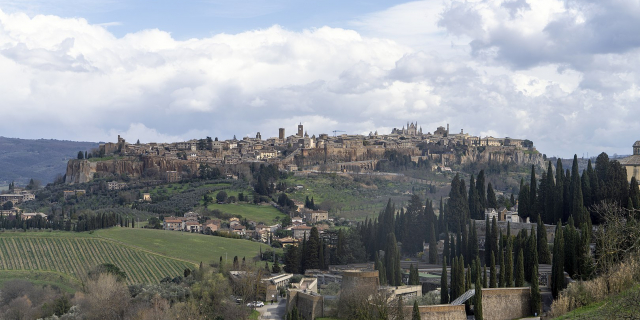



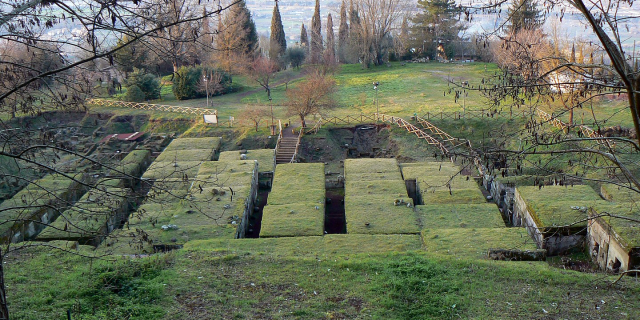

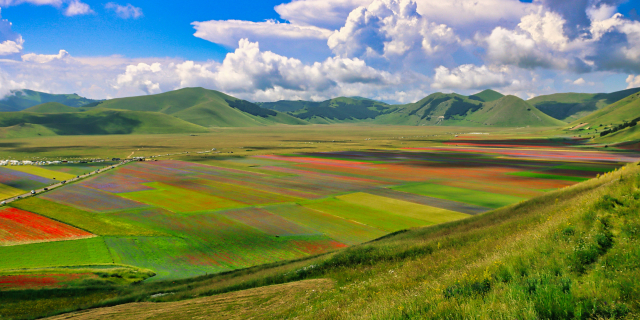

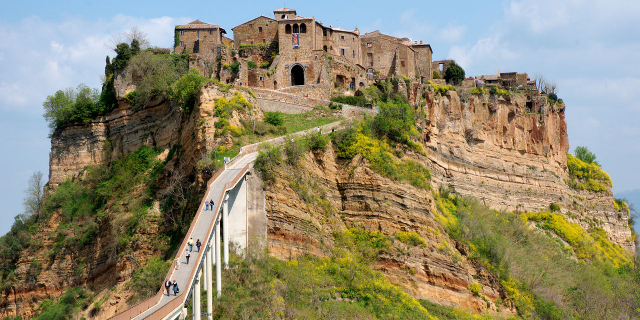

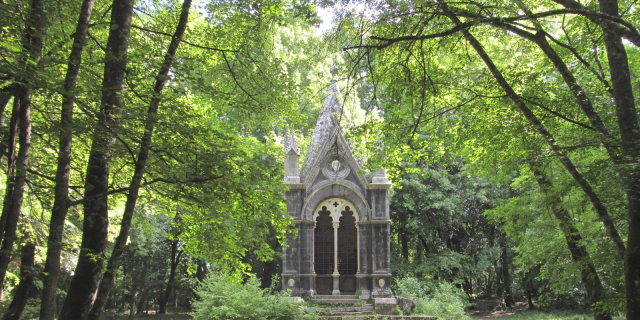

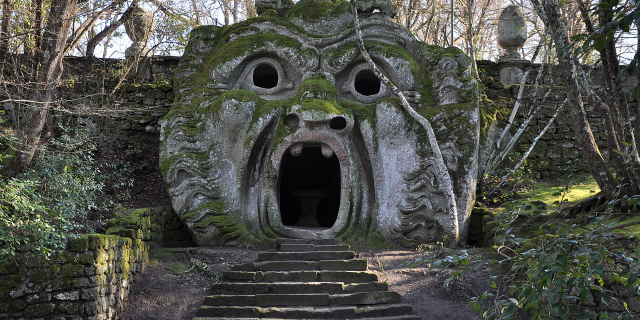



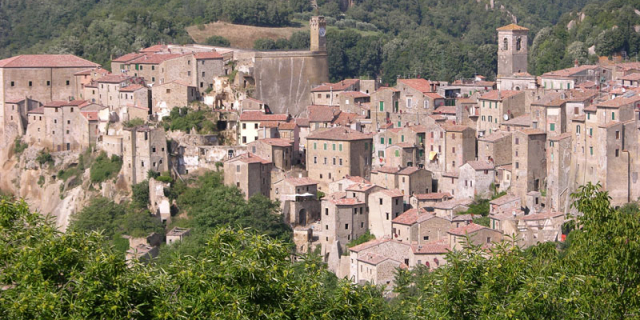

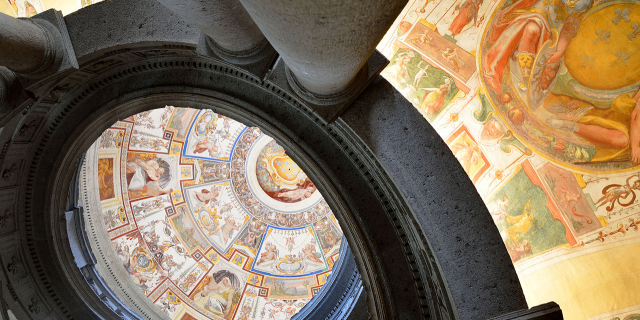

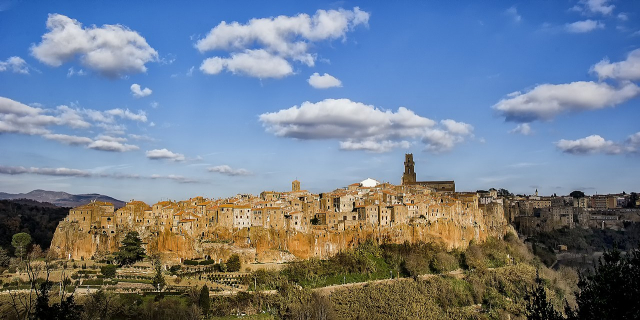
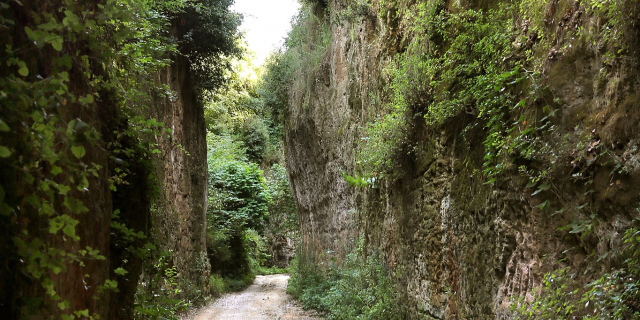

Add new comment